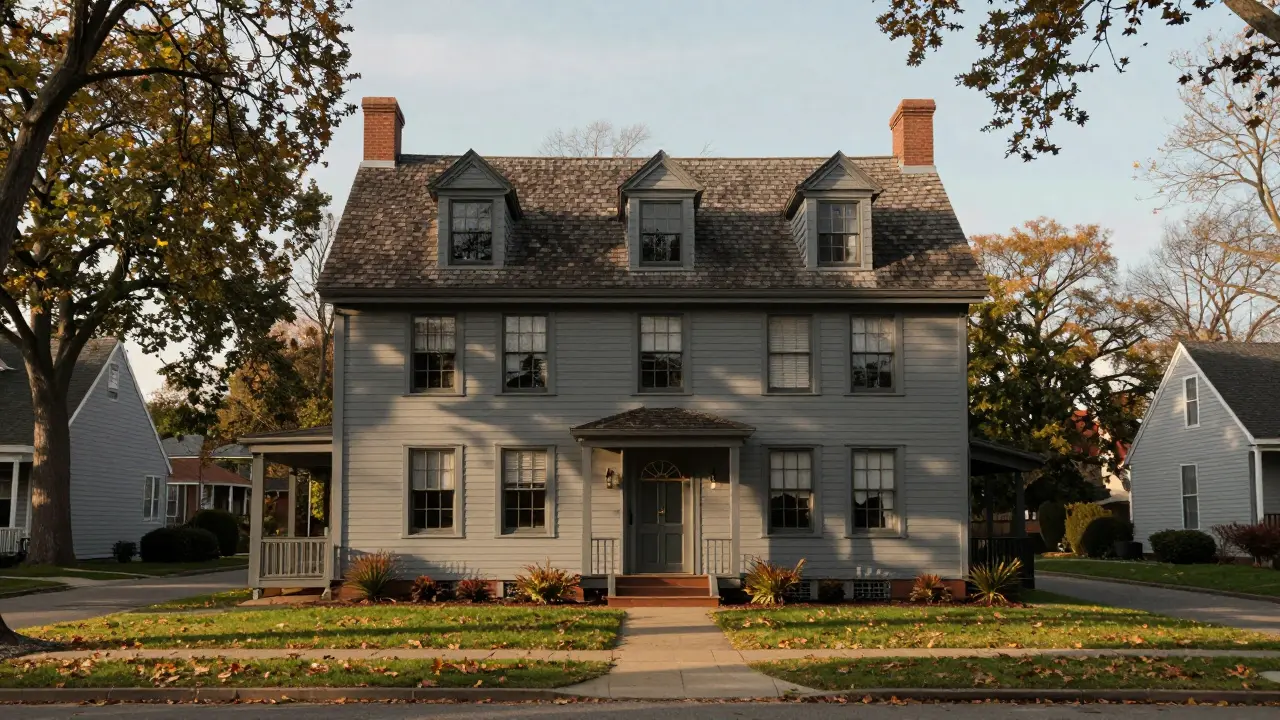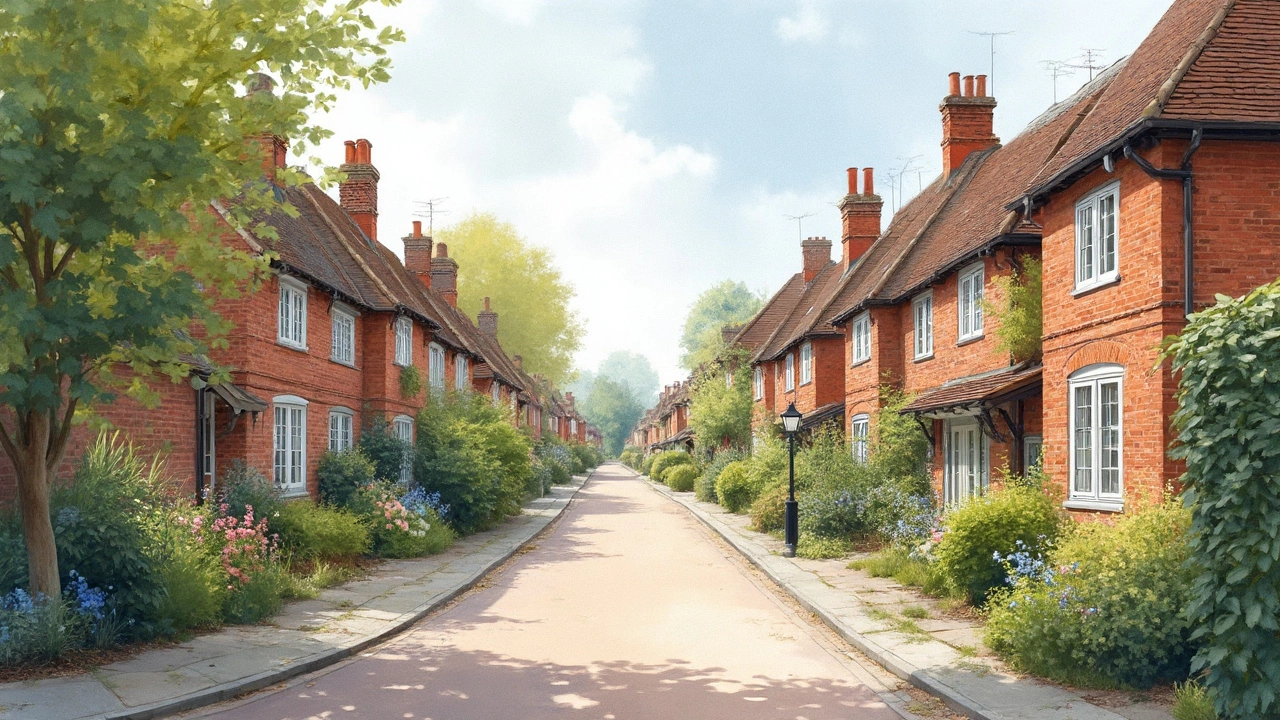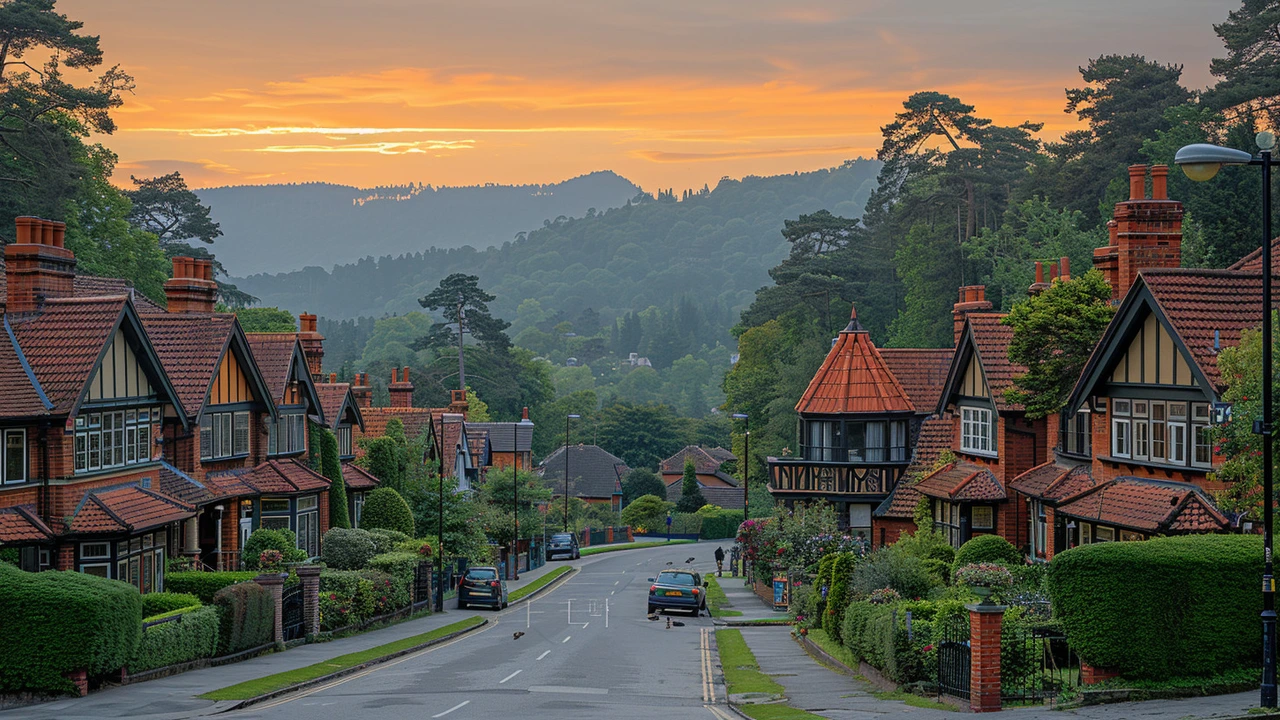Dutch Colonial Revival: How to Spot, Restore & Live in a Gambrel Home
That broad, barn-like roof you notice in older neighborhoods? It’s often a Dutch Colonial Revival house. This style surged in the late 1800s and early 1900s as Americans borrowed colonial forms and gave them a fresh, cozy twist. If you like homes that feel classic but not overly formal, Dutch Colonial Revival is easy to fall for—and practical to live in.
Key features to spot
First thing you’ll notice is the gambrel roof: two slopes on each side, with the lower slope steeper than the upper. That shape creates more usable space on the top floor than a simple gable roof. Look for flared eaves that overhang slightly, shed or gabled dormers that push light into attic rooms, and often a centered entry or a small porch. Windows are usually double-hung and symmetrical, and many houses keep the charming Dutch door—split so the top opens while the bottom stays closed.
Materials vary. You’ll find wood clapboard, shingle siding, and sometimes brick foundations. Interiors often include simple woodwork, built-ins, and compact floor plans that favor function over fuss. Compared to original 17th-century Dutch homes, Revival examples are more decorative and larger, but they keep that unmistakable roofline and friendly, grounded presence.
Renovation and upkeep tips
If you own or want one, focus on the roof and dormers first. The gambrel roof gives great upstairs space, but it also means more valleys and flashing—so inspect for leaks, replace old flashing, and check insulation. Proper attic insulation improves comfort and lowers energy bills without changing the look.
When updating interiors, keep built-ins or simple moldings that match the house’s age. You can open sightlines by careful removal of non-structural walls, but preserve things like original staircases or window trim where possible—those details sell the style. For windows, choose replacements with similar sash profiles to keep curb appeal. If you want modern efficiency, look for historically styled windows with insulated cores.
Exterior paint and landscaping also matter. Classic palettes—soft whites, grays, warm creams, and muted greens—fit the style. Keep plantings low near the foundation so that the roofline stays visible; tall shrubs can hide the house’s best feature. Add a small porch or a simple stoop rather than a large modern deck to keep the look coherent.
Finally, think practical: convert dormers to usable rooms, install efficient HVAC sized for older layouts, and update kitchens and baths in a way that reads original rather than flashy. That approach keeps value high and makes the house comfortable today.
Want examples and deeper history? Check our posts on Colonial Architecture and related revival styles to see how Dutch Colonial Revival fits into the bigger picture of American home design.

Dutch Colonial Revival Architecture: How This Style Shaped American Homes
Dutch Colonial Revival architecture features iconic gambrel roofs and symmetrical designs rooted in 17th-century Dutch settlements. Learn its history, key features, and why it's still valued today.
Read more
Exploring Dutch Colonial Revival Architecture: Unique Features and Historic Charm
Unpack the fascinating world of Dutch Colonial Revival homes. Discover unique features, practical tips, and why this design still turns heads today.
Read more
Exploring Dutch Colonial Revival Architecture in Modern Urban Development
Dutch Colonial Revival architecture has left a distinct mark on urban development, combining quaint historic charm with practical modern needs. This style, characterized by its gambrel roofs and symmetrical designs, often integrates seamlessly with contemporary urban planning. The article delves into the historical origins, key features, regional variations, urban impact, and preservation efforts of Dutch Colonial Revival architecture.
Read more
The Charm of Dutch Colonial Revival Architecture: An Illustrated Exploration
Hey there! I'm so excited to share with you an absolute gem of architectural style - the Dutch Colonial Revival. It's like taking a stroll through history, with captivating gambrel roofs and cozy, inviting porches that beckon you to stay awhile. These homes are more than just structures; they're stories told through bricks and mortar, with every quaint dormer window and elegant double-hung sash whispering tales of the past. So, join me on this visual journey where I'll be your guide through the quaint elegance of these historic beauties. It's like a treasure hunt for the eyes, and I can't wait to show you all the details that make Dutch Colonial Revival architecture a true classic.
Read more